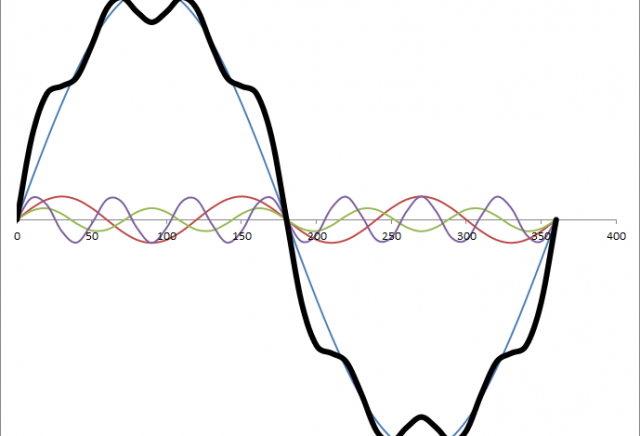Technology advancement has its pros and cons. Computers increase the efficiency of doing everyday office jobs. Most companies now have the policy of paperless office which is good for the environment, with fewer trees being cut-down and less rubbish going to garbage dumps, not to mention the equivalent carbon footprint in the production and disposal of such.
Better technologies help industries in the more efficient use of electricity. High-efficiency motors, smart motor control centers, or variable speed drives are now commonly used leading to better plant efficiencies.
On the downside, most of these new technologies are non-linear loads to the electricity network. Non-linear loads do not draw electric current in a sinusoidal form creating multiples of the fundamental waveform in the process. These multiples of the fundamental waveform are called harmonics.
Computers (desktops and servers), printers, telecommunications facilities, variable speed drives, and home appliances (TV, DVDs, microwave) are all non-linear loads and create harmonics in the electricity network. You may ask, my TV is just a 250W appliance, how much could that contribute harmonics into the electricity network. The answer is simple, how many TVs operate at any time within a network, particularly during primetime. Adding all of those contributions, how much will it be?
New technologies were not the only source of harmonics. There are also old technologies used by industries that are sources of harmonics. A good example of this is the electric arc furnace used by steel industries. The arc used to melt the steel is non-linear.
Harmonic current increases the effective heating effects of current depending on its magnitude. The increased heating effect decreases the efficiency, and life expectancy of equipment or worst can be a hazard to personnel.
These bad effects of harmonics lead to the creation of standards setting the maximum harmonics contribution for each individual customer. IEEE 519 and IEC 61000 series provide limits on total harmonic distortion. IEEE 519 sets a 5% THD while IEC 61000-3-6 THD limit has to be less than 8%.
Harmonic filters are simple solutions to harmonics problems. Passive filters are the less expensive solution but are less efficient. These are basically low pass filters, allowing the fundamental frequency but limiting the magnitude of its multiples.
An active filter is an alternative. They provide a dynamic harmonics correction. The magnitude of harmonic order is calculated and an out-of-phase of equal amplitude is produced by the filter canceling out that particular harmonic. The limitation of this solution is that it does not correct harmonics in a full spectrum. Only selected multiples are corrected. A variant of this is the full spectrum harmonics cancellation.
Related articles:

The center i When the harmonic balancer fails, the timing marks drift. Gere Economical